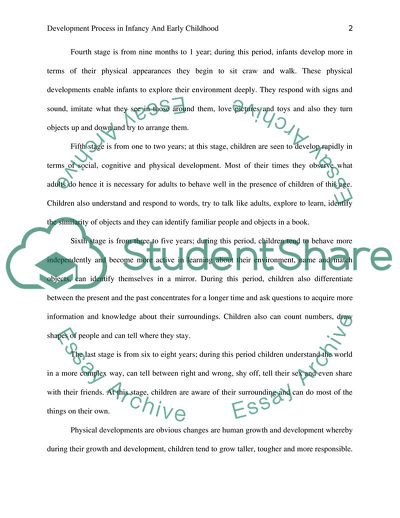Cite this document
(Development Process Infancy and Early Childhood Term Paper, n.d.)
Development Process Infancy and Early Childhood Term Paper. https://studentshare.org/psychology/1792988-development-process-infancy-and-early-childhood
Development Process Infancy and Early Childhood Term Paper. https://studentshare.org/psychology/1792988-development-process-infancy-and-early-childhood
(Development Process Infancy and Early Childhood Term Paper)
Development Process Infancy and Early Childhood Term Paper. https://studentshare.org/psychology/1792988-development-process-infancy-and-early-childhood.
Development Process Infancy and Early Childhood Term Paper. https://studentshare.org/psychology/1792988-development-process-infancy-and-early-childhood.
“Development Process Infancy and Early Childhood Term Paper”. https://studentshare.org/psychology/1792988-development-process-infancy-and-early-childhood.


